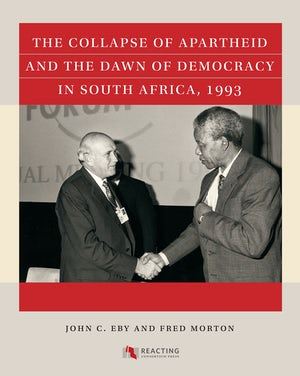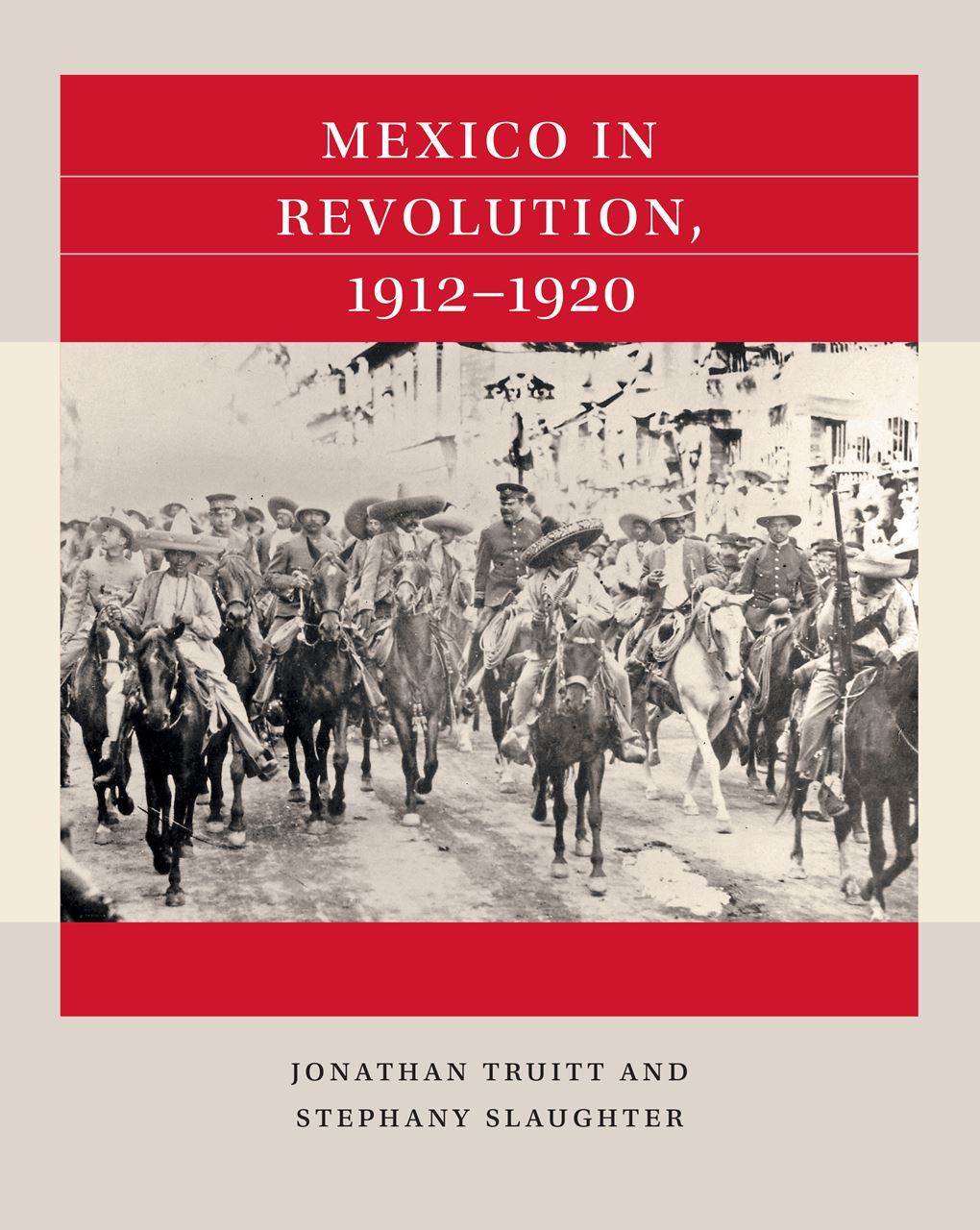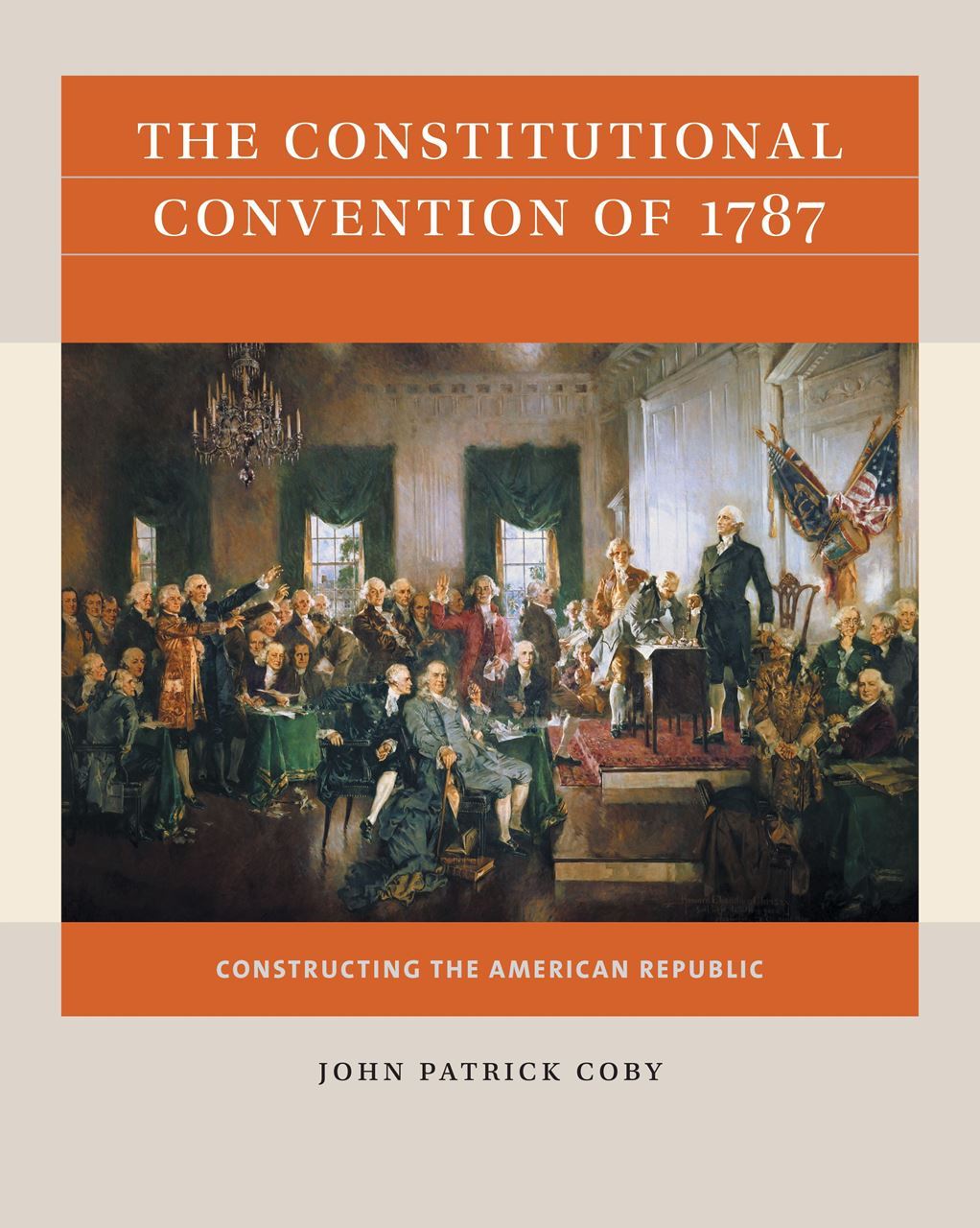From systemic injustice to fair vision? This game situates students in the Multiparty Negotiating Process taking place at the World Trade Center in Kempton Park in 1993. South Africa is facing tremendous social anxiety and violence. The object of the talks, and of the game, is to reach consensus for a constitution that will guide a post-apartheid South Africa. The country has immense racial diversity--white, black, Colored, Indian. For the negotiations, however, race turns out to be less critical than cultural, economic, and political diversity. Students are challenged to understand a complex landscape and to navigate a surprising web of alliances. The game focuses on the problem of transitioning a society conditioned to profound inequalities and harsh political repression into a more democratic, egalitarian system. Students will ponder carefully the meaning of democracy as a concept and may find that justice and equality are not always comfortable partners with liberty. While for the majority of South Africans, universal suffrage was a symbol of new democratic beginnings, it seemed to threaten the lives, families, and livelihoods of minorities and parties outside the African National Congress coalition. These deep tensions in the nature of democracy pose important questions about the character of justice and the best mechanisms for reaching national decisions. |
Details
|
Using the Game
Class Size and Scalability Class Time
|
 GAME MATERIALS
GAME MATERIALS
Confirmed instructors who are not yet members can access basic instructor materials. Reacting Consortium members can access all downloadable materials (including expanded and updated materials) below. You will be asked to sign in before downloading.
Gamebook Students need a Gamebook, which includes directions, resources, and historical content. The Collapse of Apartheid Gamebook is published by Reacting Consortium Press. PAPERBACK ISBN: 978-1-4696-3316-9 EBOOK ISBN: 978-1-4696-3317-6 | Role Sheets and Add'l Materials Students also need a Role Sheet, which contains biographical information, role-specific resources or assignments, and their character's secret victory objectives.
.zip file of .docx files.
.zip file of .pub, .docx, and .pptx files. | Instructor's Manual The Instructor's Manual includes guidance for assigning roles, presenting historical context, assignments, activities and discussion topics, and more. Updated January 2019 .docx file. |
Additional Resources
Resources for Introduction and/or Debrief YouTube video: ITV News - SA AWB Storm Government Building (1993) |
John C. Eby
John C. Eby is Professor of History at Loras College and longtime member of the Reacting community, serving on the Reacting Consortium Board for several years and the Reacting Editorial Board since its foundation. |
Fred Morton
Fred Morton is Emeritus Professor of South African History from both Loras College and the University of Botswana. He is retired and living in Botswana.
|
Reviews |
"The South Africa game has a completely different dynamic, which is somewhat counter to the flow of most RTTP games, but totally in character with what 'really happened'. Students really have to ask themselves what it meant to win. In the South African case, a resounding victory as a party meant that the country lost. When my students write their final paper they have to respond to what was produced by their efforts."
Members can contact game authors directly if they have questions about using the game. We also invite instructors join our Facebook Faculty Lounge, where you'll find a wonderful community eager to help and answer questions.
|
|
|





